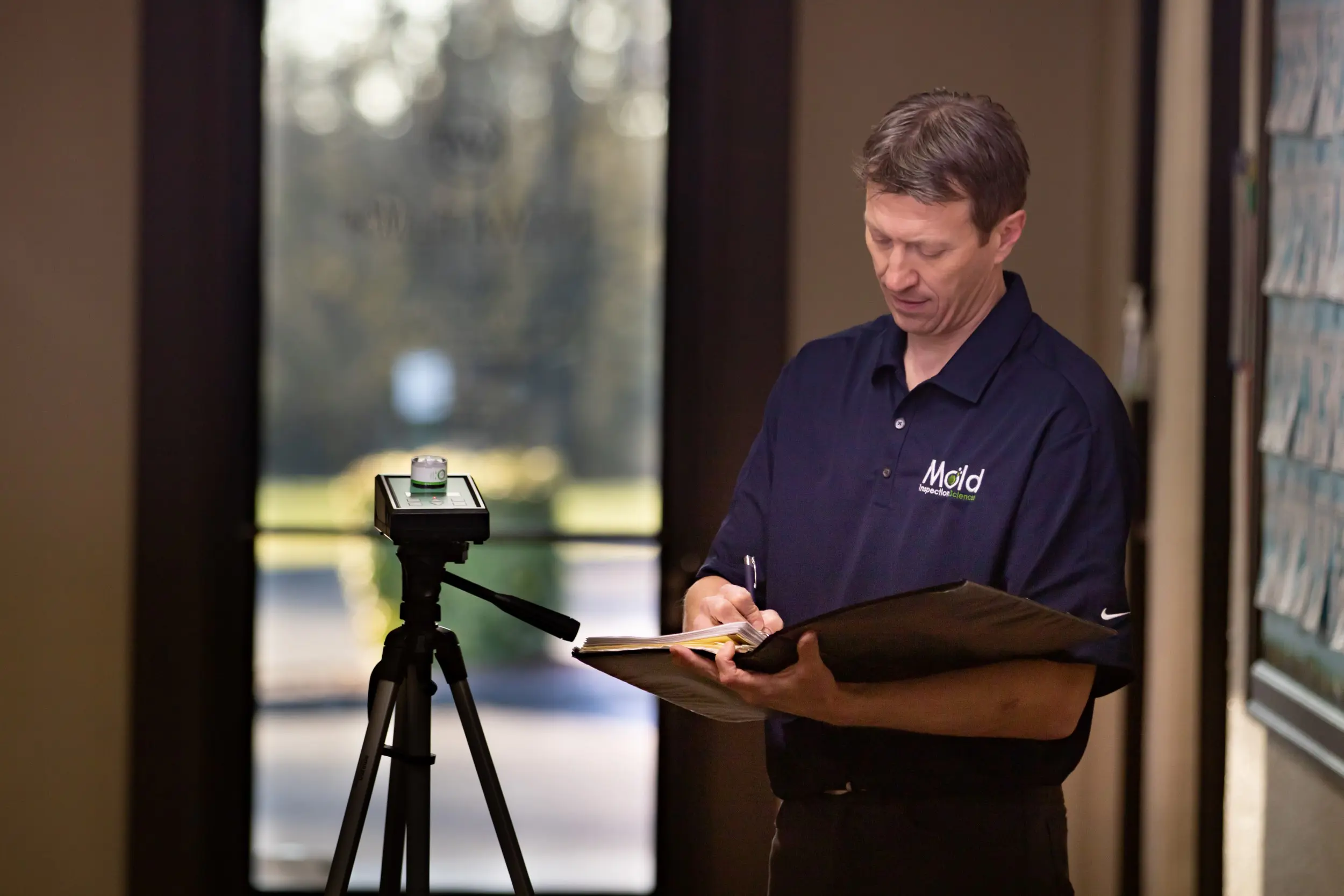After Mold Remediation Techniques for Tidy Spaces
After Mold Remediation Techniques for Tidy Spaces
Blog Article
Your Ultimate Guide to Article Mold And Mildew Remediation Methods
Browsing the world of post-mold removal techniques is a meticulous procedure that requires interest to information and an extensive understanding of the ins and outs entailed. In the aftermath of mold and mildew invasion, recognizing exactly how to efficiently eradicate the mold and mildew and stop its reoccurrence is extremely important for maintaining a healthy and balanced indoor environment. From choosing the appropriate cleaning and decontaminating techniques to implementing techniques for long-lasting mold prevention, each action in the remediation journey plays an essential duty in ensuring a successful outcome. As we start this expedition of post-mold remediation strategies, we will uncover the crucial techniques and ideal methods that can aid you restore your room to its pre-mold condition and guard it versus future mold hazards.
Recognizing Post-Mold Removal Process
After finishing the mold remediation procedure, it is essential to comprehend the post-mold remediation methods that are needed to make certain a efficient and detailed cleanup. As soon as the mold has actually been gotten rid of, the following step involves cleaning and sanitizing the impacted areas to stop any kind of regrowth of mold. This includes utilizing specialized cleaning up representatives to clean down surface areas and eliminate any kind of continuing to be mold and mildew spores. It is important to dry the location entirely to discourage the growth of mold and mildew in the future (After mold remediation). Proper ventilation and dehumidification can aid in this procedure.
Furthermore, carrying out a final evaluation post-remediation is crucial to make sure that all mold has been efficiently eradicated. If the evaluation exposes any kind of sticking around mold, extra removal might be necessary.
Effective Cleaning Up and Decontaminating Approaches

Protecting Against Future Mold And Mildew Growth

Importance of Correct Ventilation
Correct air flow plays an essential duty in stopping dampness buildup, a key variable in mold growth within interior settings. Reliable ventilation systems assist remove excess moisture from the air, lowering the opportunities of mold spores find out locating the moisture they need to spread out and germinate. Without sufficient ventilation, interior rooms can come to be a breeding place for mold and mildew, leading to possible wellness risks and structural damages.
By making certain correct air circulation, air flow systems can also assist in drying out moist areas a lot more swiftly after water damage or flooding cases, additionally deterring mold and mildew growth. what to do after mold remediation. Precede like bathrooms, basements, kitchens, and attic rooms where wetness degrees have a tendency to be greater, installing and preserving reliable air flow systems is critical in preventing mold invasions

Monitoring and Maintenance Tips
Given the critical duty that proper air flow plays in protecting against mold development, it is important to develop efficient tracking and upkeep tips to ensure the ongoing performance of ventilation systems. Regular evaluations of air flow systems ought to be carried out to look for any kind of indicators of obstructions, leakages, or breakdowns that might hinder correct air movement. Surveillance moisture degrees within the building is additionally essential, as high moisture can contribute to mold and mildew development. Installing a hygrometer can aid track mold removal with borax humidity levels and alert homeowners to any type of spikes that might call for attention. Additionally, ensuring that air filters are regularly cleaned or changed is important for maintaining the effectiveness of the ventilation system. Carrying out a schedule for regular maintenance tasks, such as duct cleaning and cooling and heating system examinations, can help prevent concerns before they rise. By remaining positive and attentive to the problem of air flow systems, property proprietors can efficiently alleviate the danger of mold regrowth and maintain a healthy indoor environment.
Conclusion
In final thought, post-mold removal techniques are necessary for guaranteeing a secure and clean environment. Recognizing the procedure, executing effective cleansing and sanitizing techniques, stopping future mold growth, preserving appropriate air flow, and normal monitoring are all vital action in the remediation process. By complying with these standards, you can successfully eliminate mold and stop its return, advertising a healthy and balanced living or working space for all occupants.
In the consequences of mold and mildew invasion, knowing exactly how to successfully eradicate the mold and prevent its reoccurrence is paramount for preserving a healthy and balanced interior atmosphere. Once the mold and mildew has actually been gotten rid of, the next action includes cleaning and decontaminating the affected areas to prevent any regrowth of mold - Post remediation mold testing near me. After removing noticeable mold development, it is crucial to clean all surfaces in the damaged area to get rid of any kind of remaining mold and mildew spores. To better enhance mold and mildew prevention measures, it is he said important to address underlying issues that initially led to mold growth.Offered the essential duty that correct ventilation plays in avoiding mold and mildew growth, it is necessary to establish efficient surveillance and upkeep pointers to ensure the continued capability of ventilation systems
Report this page